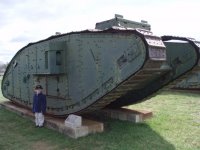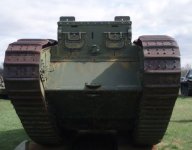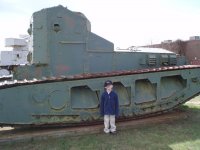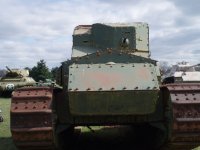T
TomB
Guest
Have just viewed JB post on the Valentine Tank (the muddy and the pristine ) and looking at the sort of stepped shaped front of the Valentine I wondered why early tanks were all box shaped until the advent of the T34 and angled armour ...... Mant years ago I remember seeing a Churchill or Cromwell used as a target for anti tank weapons.....their flat front puzzled me...why ?....because Tin Hats are rounded for a reason...if a bullet or shrapnel strike's the hat at a certain angle it will be deflected...... okay...it does not always work that way.....but the theory was there.......long before tanks were thought of (okay...early sword and sandal days...it would have been easier to make square helmets,,,but some-one thought round was good)....so why did not some-one try a bit of round in the early WW2 tanks ?,,,,,,,The Sherman had a sort of round ..angled front...so some-one thought about it ....some of you Tankies may have some knowledge of early tank design and the "Square is Best" approach......maybe a curved ..lower front would have deflected an incoming round ...up...into the turret...I dont know......maybe some-one does......cheers TomB






